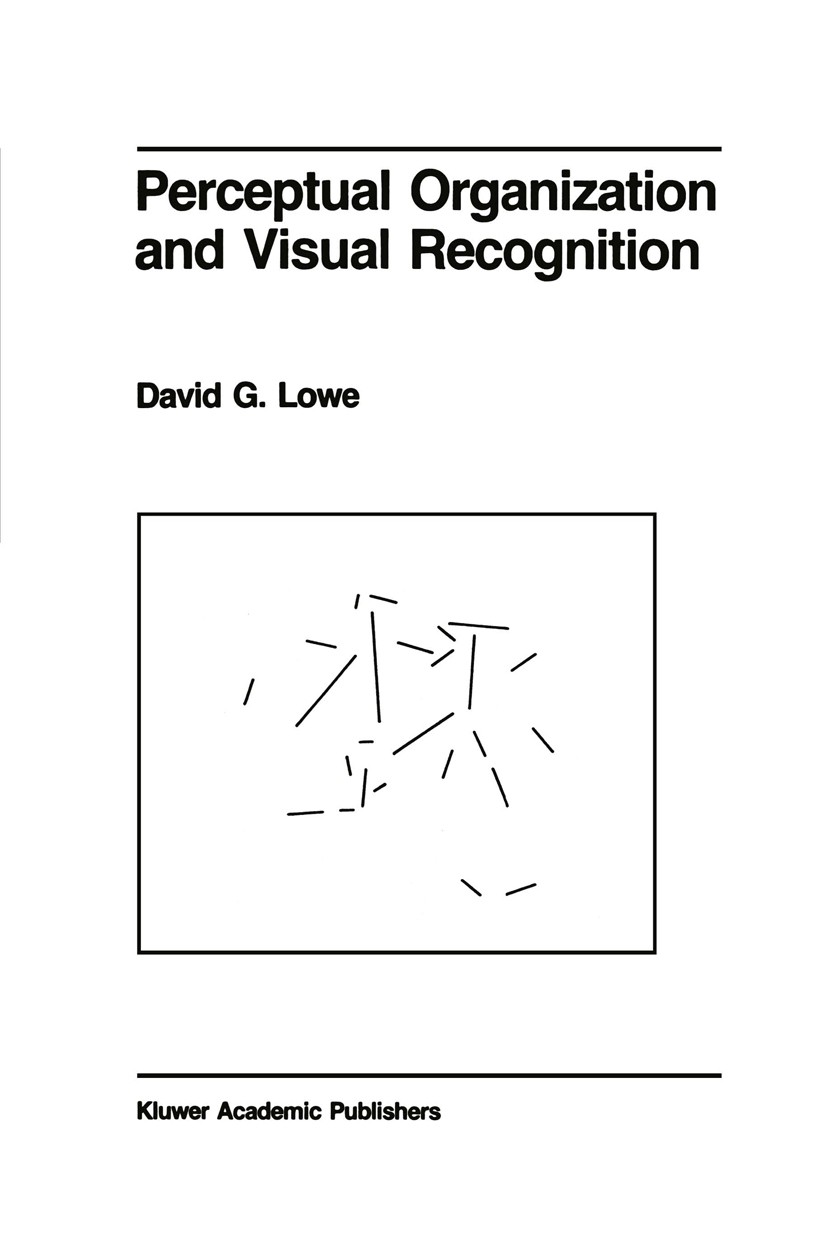| 書目名稱 | Perceptual Organization and Visual Recognition |
| 編輯 | David G. Lowe |
| 視頻video | http://file.papertrans.cn/744/743620/743620.mp4 |
| 叢書名稱 | The Springer International Series in Engineering and Computer Science |
| 圖書封面 |  |
| 描述 | COMPUTER VISION is a field of research that encompasses many objectives. A primary goal has been to construct visual sensors that can provide general-purpose robots with the same information about their surroundings as we receive from our own visual senses. This book takes an important step towards this goal by describing a working computer vision system named SCERPO. This system can recognize known three-dimensional objects in ordinary black-and-white images taken from unknown viewpoints, even when parts of the object are undetectable or hidden from view. A second major goal of computer vision re- search is to provide a computational understanding of human vision. The research presented in this book has many implica- tions for our understanding of human vision, particularly in the areas of perceptual organization and knowledge-based recogni- tion. An attempt has been made to relate each computational result to the relevant areas in the psychology of vision. Since the material is meant to be accessible to a wide range of inter- disciplinary readers, the book is written in plain language and attempts to explain most concepts from the starting position of the non-specialist. vii viii |
| 出版日期 | Book 1985 |
| 關鍵詞 | 3D; Extension; Textur; algorithms; cognition; complexity; computer vision; knowledge; performance; robot; veri |
| 版次 | 1 |
| doi | https://doi.org/10.1007/978-1-4613-2551-2 |
| isbn_softcover | 978-1-4612-9604-1 |
| isbn_ebook | 978-1-4613-2551-2Series ISSN 0893-3405 |
| issn_series | 0893-3405 |
| copyright | Kluwer Academic Publishers 1985 |
 |Archiver|手機版|小黑屋|
派博傳思國際
( 京公網(wǎng)安備110108008328)
GMT+8, 2025-10-11 23:41
|Archiver|手機版|小黑屋|
派博傳思國際
( 京公網(wǎng)安備110108008328)
GMT+8, 2025-10-11 23:41


